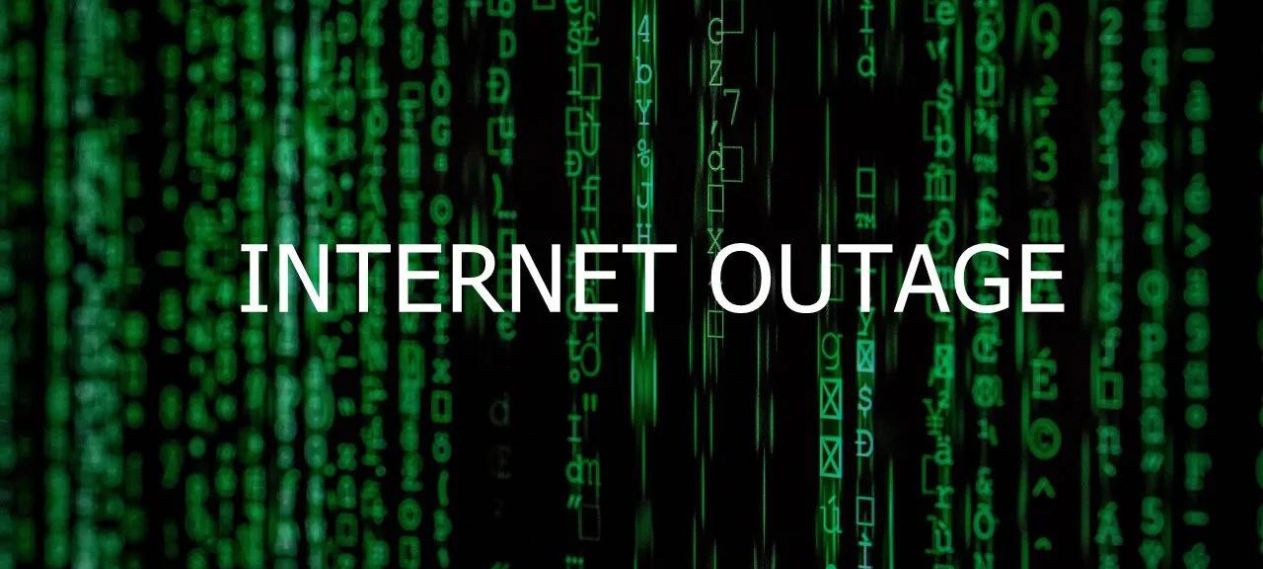The Pakistan Telecommunication Authority (PTA) has officially declared its intentions to “improve” its Web Monitoring System (WMS), a move that is anticipated to lead to more internet disruptions just before the upcoming general elections.
The WMS, a surveillance infrastructure designed to monitor internet traffic, utilizes Deep Packet Inspection technology. This system gives the PTA the ability to exert control over internet access at the gateway level, allowing for the implementation of blocking and censorship measures. Acquired from the Canadian firm Sandvine in 2019 for approximately $18 million, the WMS has become a focal point of discussion.
Geo Fact Check reached out to the PTA to inquire about the timing of the ongoing upgrade, especially considering its alignment with the imminent national elections. The resulting internet disruptions are expected to impede Pakistani voters’ access to crucial election-related information.
A spokesperson for the PTA stated that the WMS deployment has been in progress since December 2023, citing the necessity to comply with various court orders related to objectionable internet content, including blasphemous content under the Prevention of Electronic Crimes Act 2016.
On January 22nd, Ahmed Shamim Pirzada, the Director General of the government-owned PTA, addressed the media regarding recent nationwide episodes of internet slowdown. According to Pirzada, these disruptions were attributed to “technical glitches” stemming from the ongoing software update by the PTA.
Digital rights activist Usama Khilji expressed concerns about the PTA’s response, deeming it “inconsistent” and marked by contradictions. Khilji questioned the PTA’s explanation, highlighting the discrepancy between blaming telecom operators and claiming that the deployment of the WMS is happening on the internet submarine cable. He emphasized that under the WMS, telecom operators have no control, and it is the PTA directly blocking content through the internet cable.
Khilji also noted that these internet disruptions occurred selectively during online events organized by the Pakistan Tehreek-e-Insaf (PTI) and pointed out that the PTA had opportunities to carry out the WMS upgrade during the coalition government’s tenure from April 2022 to August 2023 or during the transitional phase when the caretaker government assumed control in August.
Also Read: Mobile Phone Financing Scheme Setbacks and Reasons
Advantages of an advanced WMS
A Web Monitoring System (WMS) offers a range of benefits for governments, contributing to improved service delivery, increased citizen engagement, and enhanced security and efficiency. Here are some key advantages:
Enhanced Service Delivery
- Proactive issue detection: WMS continuously monitors government websites and services for outages, slowdowns, or errors, enabling swift action to minimize downtime and inconvenience for citizens.
- Performance optimization: Real-time performance data identifies bottlenecks and areas for improvement, resulting in faster loading times, improved user experience, and greater service accessibility.
- Compliance monitoring: WMS ensures government websites adhere to accessibility guidelines and regulations, making services accessible to all citizens, regardless of ability.
Increased Citizen Engagement
- Transparency and accountability: WMS data can create public dashboards, offering citizens real-time insights into government website performance and service uptime, fostering trust and transparency.
- Improved user experience: Monitoring user behavior aids in understanding citizen needs and preferences, allowing for targeted website improvements and content tailoring, leading to higher user satisfaction.
- Two-way communication: WMS integrates feedback mechanisms, allowing citizens to report issues and suggest improvements directly through the website, promoting active participation in governance.
Improved Security and Efficiency
- Cybersecurity threat detection: WMS monitors for suspicious activity and potential security breaches, enabling a rapid response to mitigate cyberattacks and safeguard sensitive data.
- Resource optimization: Data-driven insights identify underutilized resources and bottlenecks, enabling optimized infrastructure allocation and cost savings.
- Predictive maintenance: WMS identifies early signs of hardware or software failure, facilitating preventative maintenance and minimizing downtime costs.
- Improved decision-making: Data-driven reports and analytics offer valuable insights into website usage and citizen behavior, informing strategic decisions on resource allocation, service improvement, and policy formulation.
Overall, a WMS empowers governments to be more effective, transparent, and accountable to their citizens, driving efficient resource utilization and enhancing security.
Additional Considerations
- Choosing the right WMS depends on specific government needs and priorities.
- Data privacy and security should be paramount when implementing a WMS.
- Training and support are crucial for effective WMS utilization by government personnel.
The considerations of these factors and leveraging the various advantages of a WMS, the government of Pakistan can significantly enhance their online presence and improve service delivery to citizens.

